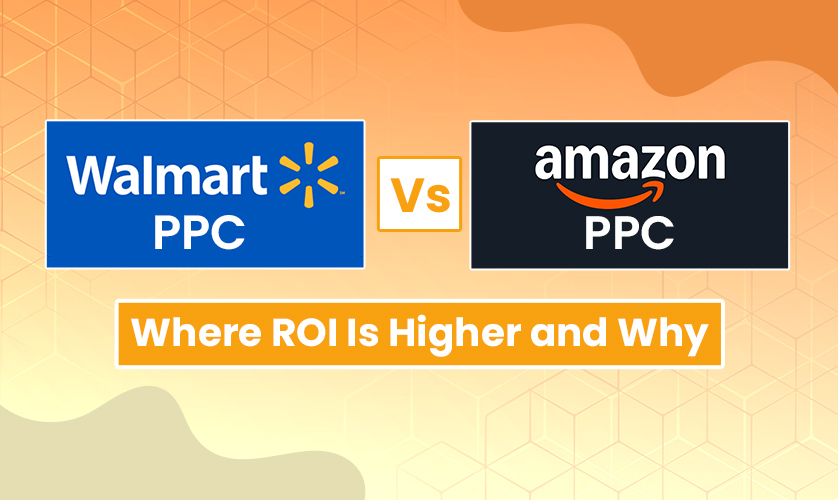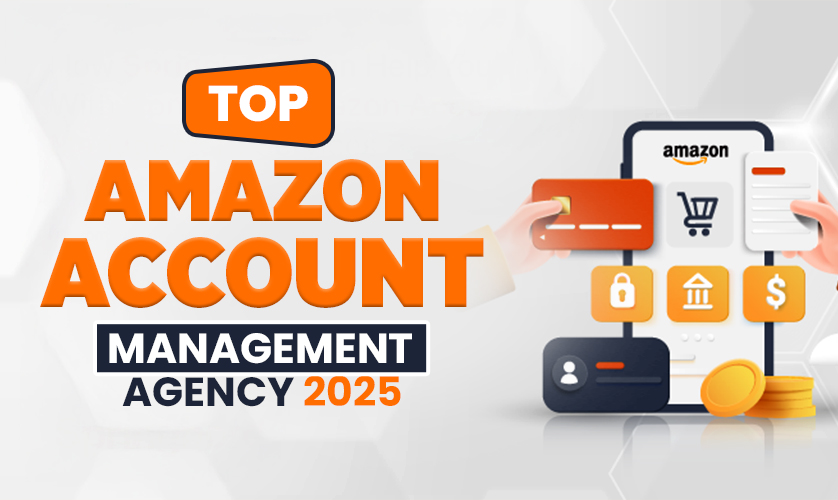When it comes to marketplace advertising, the question every seller asks is — where does my money perform better: Walmart PPC or Amazon PPC? Both platforms use a pay-per-click model, but their auction logic, ad placements, and performance signals differ in ways that can dramatically affect ROI.
1. The Auction Logic: Amazon’s Experience vs Walmart’s Precision
Amazon’s PPC system runs on a second-price auction model, where advertisers pay just above the next highest bid. Its algorithm heavily factors historical data — including click-through rate, conversion rate, and keyword relevancy — to determine ad rank.
Walmart Connect Ads, on the other hand, operates on a first-price auction, meaning advertisers pay exactly what they bid. This creates less margin for bidding mistakes but also allows smarter advertisers to control their cost structure more precisely through data-driven bid adjustments.
👉 Key takeaway: Amazon rewards consistent data and brand maturity, while Walmart rewards strategic precision and real-time optimization.
2. Placement Behavior: Intent vs Opportunity
Amazon Ads dominate with a wide range of placements — from sponsored products on search results to display ads across product detail pages and DSP networks. It’s built for high-intent shoppers who are already in buying mode.
Walmart PPC placements focus on strategic visibility — top-of-search, in-grid listings, and product carousels. Because Walmart’s ecosystem is newer, advertisers often face less competition and better placement visibility at lower CPCs.
👉 Result: Walmart offers stronger visibility per dollar spent, while Amazon drives larger volumes with mature audience targeting.
3. Ad Ranking Metrics: Performance Over Price
Both platforms prioritize relevance and performance signals over raw bid power. On Amazon, metrics like CTR, conversion rate, and sales velocity influence ad ranking. Walmart adds another layer — item availability, product content quality, and shipping reliability — into its relevancy algorithm.
Advertisers who optimize listings using walmart ppc optimization strategies — including enhanced titles, high-quality images, and strong inventory health — can outperform higher bidders who neglect these fundamentals.
👉 Insight: Bids don’t win alone — performance and relevancy metrics often outweigh spend on both platforms.
4. ROI Comparison: Who Wins?
If your goal is brand visibility and sales at scale, Amazon’s PPC system delivers faster results due to its mature ecosystem and massive buyer base.
However, for sellers seeking higher ROI at lower ad spend, Walmart Connect Ads currently offer a better return. Lower competition, cost-efficient impressions, and algorithm transparency make Walmart an emerging powerhouse — especially for brands leveraging Walmart marketplace management services and Walmart store management services for continuous optimization.
👉 Pro tip: Combine Amazon PPC Management with Walmart PPC optimization to diversify ad performance and minimize CPC dependency on a single platform.
Final Thought
In 2025, the smartest advertisers won’t choose between Walmart PPC or Amazon PPC — they’ll use both strategically. With Amazon PPC campaign management services driving scale and Walmart Connect Ads ensuring cost-effective conversions, a hybrid strategy can unlock sustainable marketplace growth and maximize advertising ROI.




